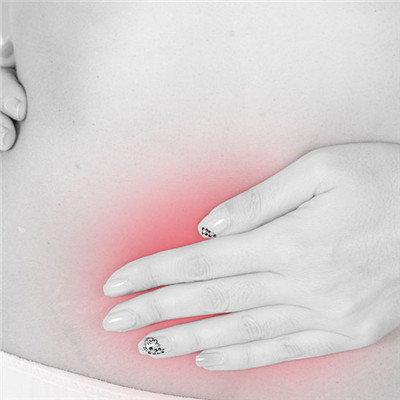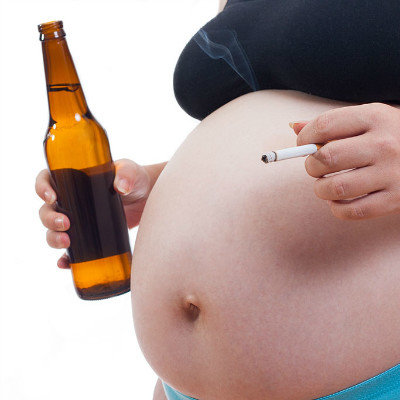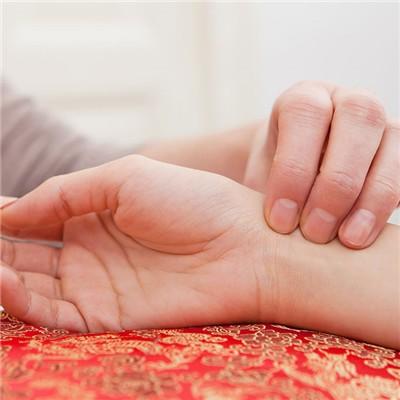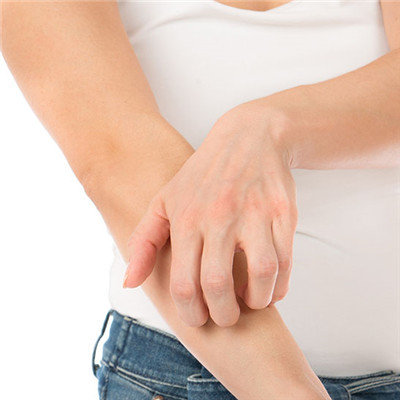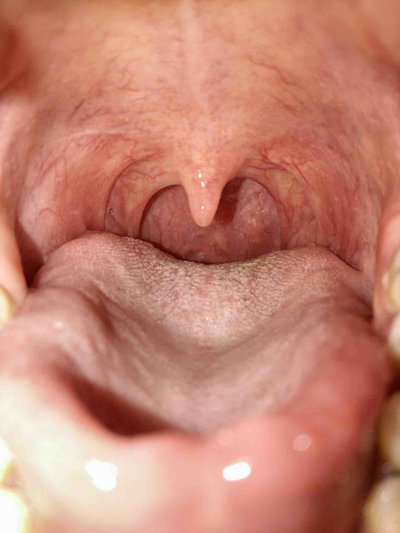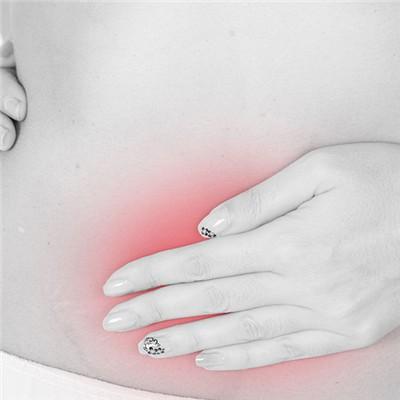Symptoms of typhoid fever?
summary
Typhoid fever, translated as intestinal fever in the late Qing Dynasty, was later influenced by Japan. It was transliterated as intestinal fever, also known as damp temperature typhoid fever, enteric typhoid fever and typhoid fever. It is a kind of common infectious disease, which has occurred all over the world. It usually originated from the contamination of food or drinking water by the feces of the carriers, and soon caused a pandemic. Symptoms of typhoid fever? Let's talk about it
Symptoms of typhoid fever?
It is equivalent to the first week of the course of disease. The onset is mostly slow (75% ~ 90%). Fever is the earliest symptom, often accompanied by general discomfort, fatigue, loss of appetite, sore throat and cough. The patient's condition gradually worsens, and the body temperature rises in a ladder shape, reaching 39-40 ℃ in 5-7 days. Before fever, there may be chills and less shivering, and sweating is not significant when fever subsides.
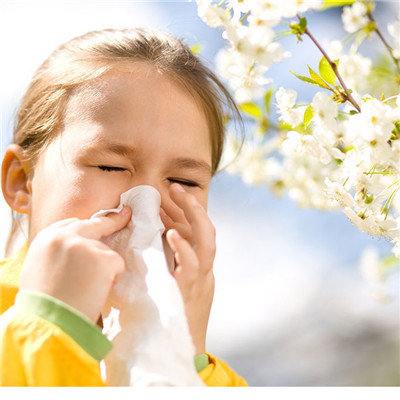
It is equivalent to the second to third week of the course of disease, and often has typical manifestations of typhoid, which is helpful for the diagnosis. Most of them (50% - 75%) were of the type of persistent fever, and a few of them were of the type of flaccid fever or irregular fever, which lasted for about 10-14 days. The symptoms of digestive system loss of appetite are more obvious than before. The tongue is red at the tip and edge of the tongue, thick and greasy (so-called typhoid tongue), abdominal discomfort, abdominal distension, constipation and diarrhea are the main symptoms. Due to intestinal diseases in the ileum and ileocecal, right lower abdomen can have mild tenderness.
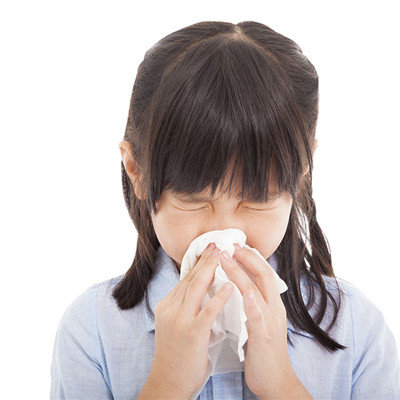
Equivalent to the third to fourth week of the course of disease, the body's resistance to Salmonella typhi gradually increased, body temperature fluctuated and began to decline, appetite gradually improved, abdominal distension gradually disappeared, splenomegaly began to retract. However, there is a risk of intestinal bleeding or perforation in this period, so we should pay special attention to it.
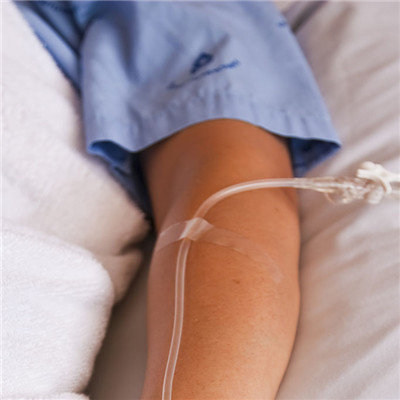
matters needing attention
General treatment and symptomatic treatment: after admission, the patients are isolated according to the digestive tract infectious diseases. After the clinical symptoms disappear, they are sent for stool culture every 5-7 days. If they are negative for 2 consecutive times, the isolation can be removed. Fever patients must rest in bed, 2-3 days after fever can sit in bed, 2 weeks after fever can be mild activity. Should give high calorie, high nutrition, easy to digest diet, including sufficient carbohydrates, protein and various vitamins, to supplement the consumption of fever period, promote recovery, fever period should use liquid or soft no residue diet, a small number of meals. After antipyretic, appetite increase, can gradually into porridge, soft rice, avoid eating hard slag food, so as to avoid inducing intestinal bleeding and intestinal perforation, general antipyretic after 2 weeks to return to normal diet. Patients should be encouraged to take more water, about 2000-3000 ml per day (including diet), in order to facilitate the excretion of toxins. If you can't eat because of serious illness, you can use 5% glucose saline intravenous drip.

